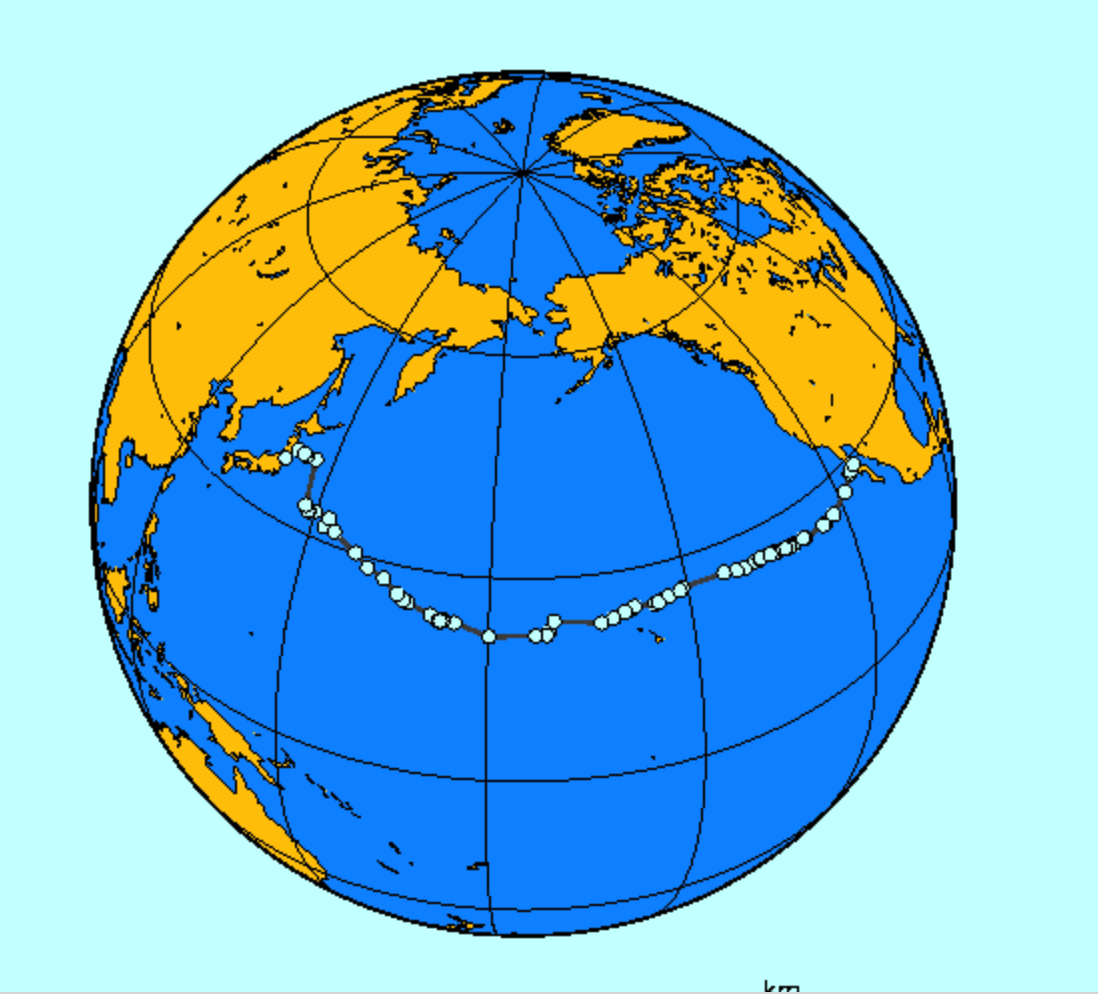
Scientific
Until recently, scientists had no clear understanding of the mechanisms by which Japanese loggerheads migrate across the entire North Pacific Ocean to Baja California. The TCH (Briscoe et al. 2021) proposes that loggerheads at the east end of the CNP convergence zone can access the west coast of North America only under anonymously warm conditions (3-month running mean of SST anomalies ≥ 0.5 deg C). Under cool conditions (3-month running mean of SST anomalies ≤ -0.5 deg C), we hypothesize that loggerhead juveniles will turn back to the west. We propose to test this hypothesis by deploying cohorts of satellite-tagged loggerheads in the Eastern North Pacific. We propose an “experimental oceanography” approach—by releasing experimental cohorts of 25 juvenile loggerheads per year over four years, we will be able to provide a novel field-test of the TCH. In addition, the release of 100 turtles (25 per year over 4 years) in the east end of the CNP convergence zone will also set the stage for us to understand what drives changes in these migratory pathways under climate variability and directional climate change. These new data will allow a full exploration of loggerhead movements in the Eastern North Pacific, setting the stage for predictive species distribution models.
Outreach
Because sea turtles are charismatic animals that capture public attention, we anticipate that citizens from nations around the world will take an interest in this project. Sea turtles must come to the surface of the ocean to breathe, so our satellite tagged turtles will have their locations reported frequently, allowing us to immediately observe where the turtles move under different oceanographic conditions. This will provide a unique outreach opportunity, given that the results of our experimental deployments can be offered to the public in near real time. Previous tagging efforts, such as “The Great Turtle Race”( https://www.leatherback.org/news-events/2018/do-you-remember-the-great-turtle-race, Spotila 2011), similarly piqued public curiosity, and the journey of satellite tagged sea turtles were closely followed online. Using a similar public-facing outreach component, we hope to create a website complete with interactive mapping and sea turtle-related content for all ages. This project will create a unique educational opportunity to engage interested individuals around the world, allow them to learn about how loggerhead sea turtles respond to climate variation and ultimately to directional climate change. Messaging will provide engaging insights into climate change and its likely impacts on a protected species that crosses whole oceans.
This public outreach and education campaign is a key part of our study and is central to how we will measure project success. The key messages we want our audience to take away start with how (1) the oceans are changing, from rising atmospheric and oceanic temperatures to fluctuations in the distribution of food and animals. Importantly, (2) these changes affect the entire planet, and all creatures, including people. From how turtles swim in the sea, to what we eat, to how much rain falls around us and the frequency of natural hazards, we hope to link sea turtles to the tangible things that people experience regularly related to a changing climate. Finally, our third message seeks to highlight how (3) sea turtles are amazing and captivating creatures that move and impact environments across entire ocean basins. These ancient mariners connect distant lands, peoples, and cultures and thus our individual and collective actions can directly impact sea turtles located even miles away at sea (e.g., litter in the street, seafood choices, carbon emissions).
